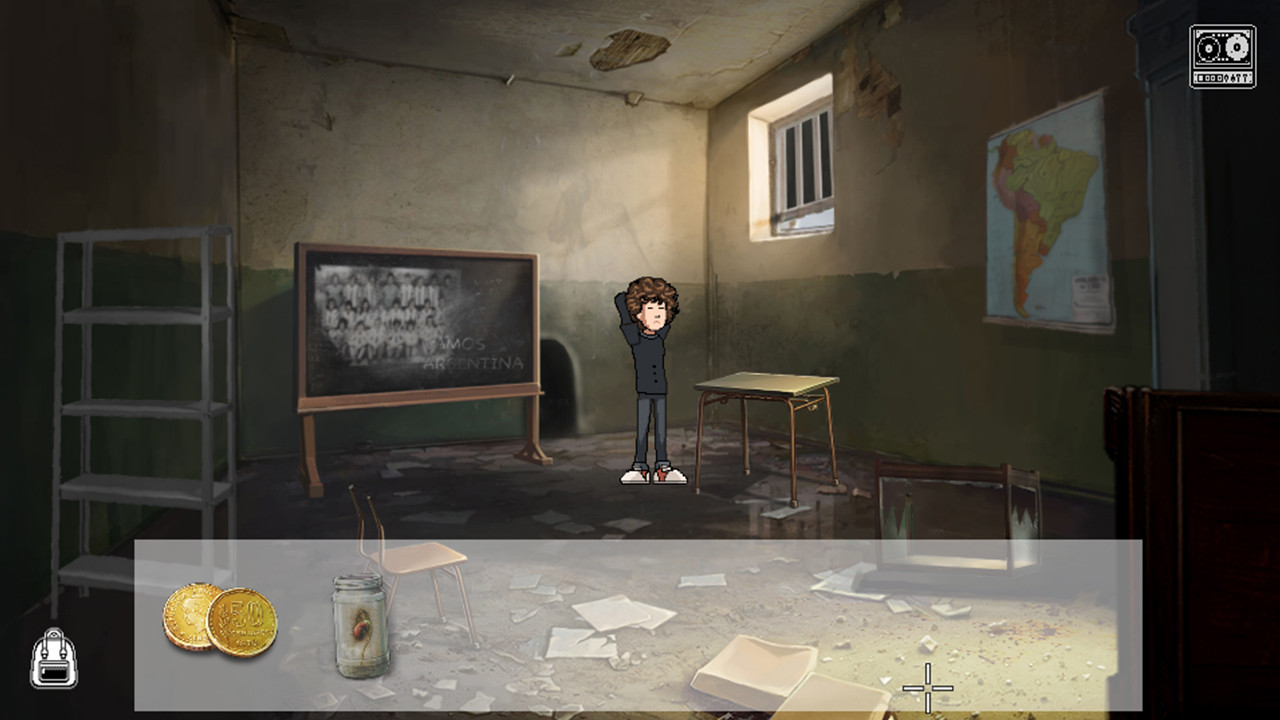Open source guides → Connect with others. Osxfuse not compatible with MacOS Big Sur #705. this is one of the those softwares which helps make Mac. If you succeed in downloading the OS installation, your next step is to create a bootable USB or DVD and then reinstall the OS on your computer. How to download older Mac OS X versions via the App Store. If you once had purchased an old version of Mac OS X from the App Store, open it and go to the Purchased tab.
Start up from macOS Recovery
If you use Option-Command-R during startup, in most cases you're offered the latest macOS that is compatible with your Mac. Otherwise you're offered the macOS that came with your Mac, or the closest version still available. If the Mac logic board was just replaced, you may be offered only the latest macOS that is compatible with your Mac. Ipmiutil sol (isol)- start or stop an IPMI Serial-Over-LAN Console session ipmiutil wdt (iwdt)- show and set the watchdog timer checksel- cron script using ipmiutil sel to check the SEL, write new events to the OS system log, and clear the SEL if nearly full.

Determine whether you're using a Mac with Apple silicon, then follow the appropriate steps:
Apple silicon

Turn on your Mac and continue to press and hold the power button until you see the startup options window. Click the gear icon labeled Options, then click Continue.
Intel processor
Make sure that your Mac has a connection to the internet. Then turn on your Mac and immediately press and hold Command (⌘)-R until you see an Apple logo or other image.
If you're asked to select a user you know the password for, select the user, click Next, then enter their administrator password.
Reinstall macOS
Select Reinstall macOS from the utilities window in macOS Recovery, then click Continue and follow the onscreen instructions.
Follow these guidelines during installation:
Mac Os Download
- If the installer asks to unlock your disk, enter the password you use to log in to your Mac.
- If the installer doesn't see your disk, or it says that it can't install on your computer or volume, you might need to erase your disk first.
- If the installer offers you the choice between installing on Macintosh HD or Macintosh HD - Data, choose Macintosh HD.
- Allow installation to complete without putting your Mac to sleep or closing its lid. Your Mac might restart and show a progress bar several times, and the screen might be empty for minutes at a time.
After installation is complete, your Mac might restart to a setup assistant. If you're selling, trading in, or giving away your Mac, press Command-Q to quit the assistant without completing setup. Then click Shut Down. When the new owner starts up the Mac, they can use their own information to complete setup.
Other macOS installation options
When you install macOS from Recovery, you get the current version of the most recently installed macOS, with some exceptions:
- On an Intel-based Mac: If you use Shift-Option-Command-R during startup, you're offered the macOS that came with your Mac, or the closest version still available. If you use Option-Command-R during startup, in most cases you're offered the latest macOS that is compatible with your Mac. Otherwise you're offered the macOS that came with your Mac, or the closest version still available.
- If the Mac logic board was just replaced, you may be offered only the latest macOS that is compatible with your Mac. If you just erased your entire startup disk, you may be offered only the macOS that came with your Mac, or the closest version still available.
You can also use these methods to install macOS, if the macOS is compatible with your Mac:
- Use the App Store to download and install the latest macOS.
- Use the App Store or a web browser to download and install an earlier macOS.
- Use a USB flash drive or other secondary volume to create a bootable installer.
when I connect my Garmin Edge 705 to the MacBook Pro (Mac OS X 10.7.4) the device won't mount as USB-drive instead it just goes into charging mode. This wasn't the case earlier with the MacBook Pro (>10.7.3) and this isn't the case with a MacBook running still on Snow Leopard.
Therefore I assume that something has changed in the Mac OS X 10.7.4 particularly in the Finder? Does anyone else have noticed that too or better yet has a solution to this issue?
Sol 705 Mac Os X
MacBook Pro, Mac OS X (10.7.4), MacBook, Mac OS X (10.6.8)
Sol 705 Mac Os Update
Posted on May 30, 2012 8:08 AM